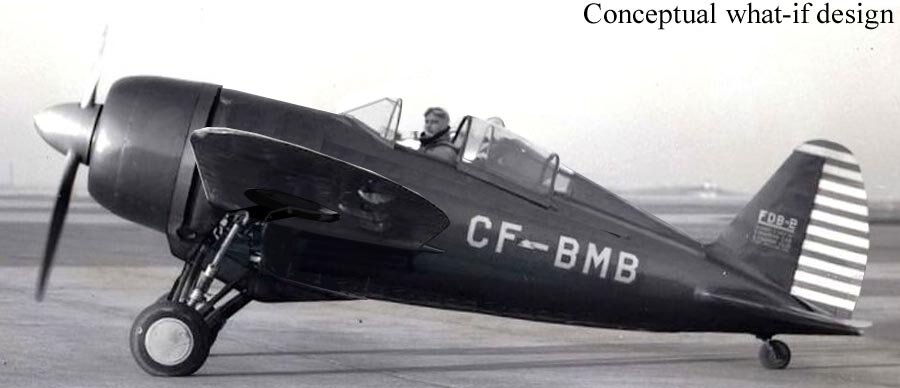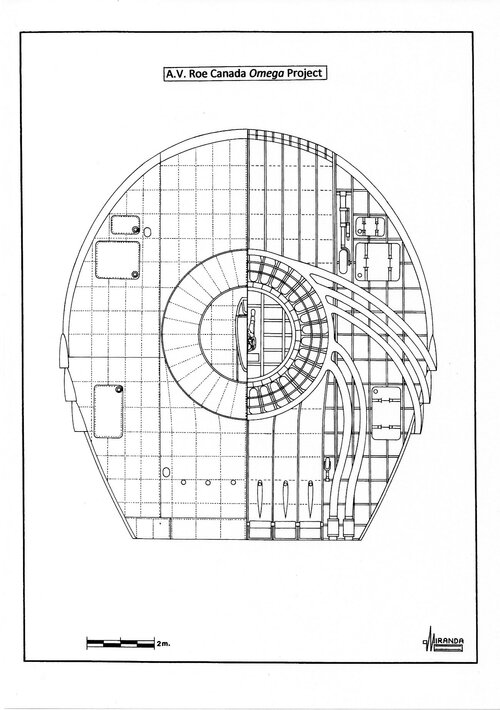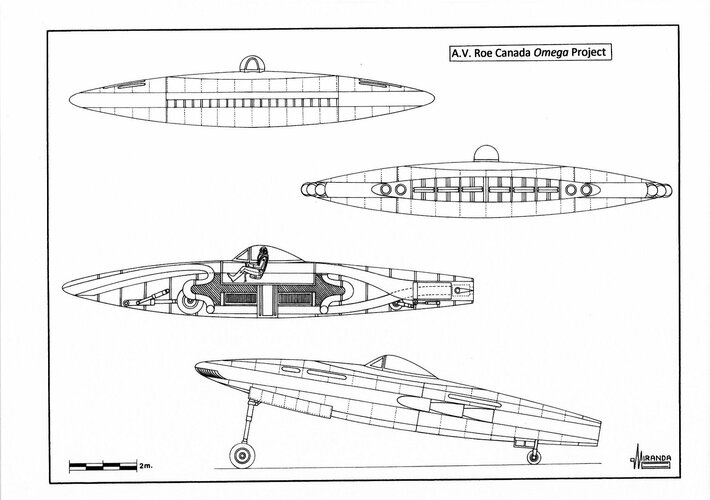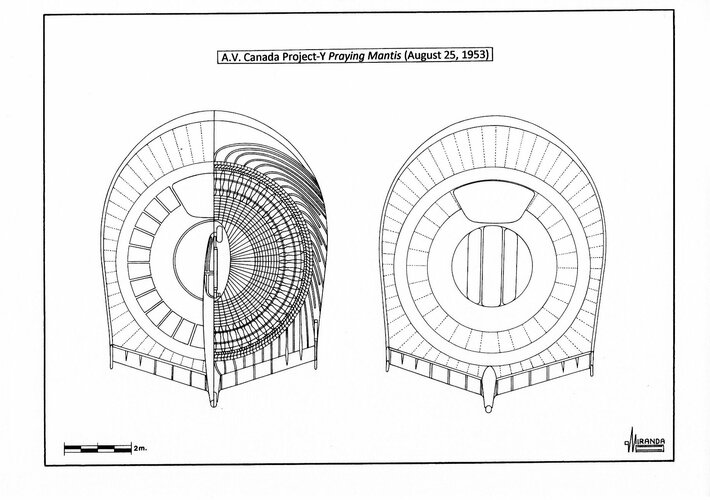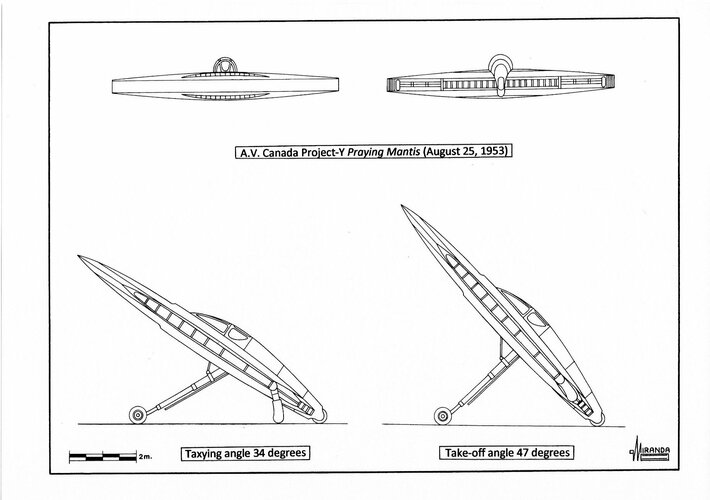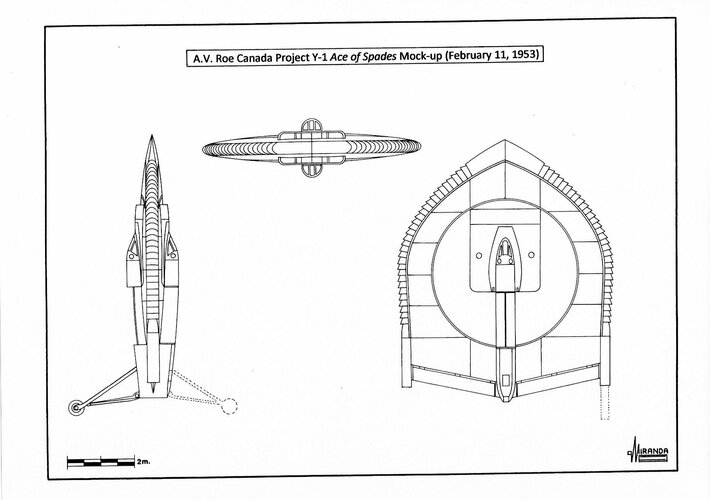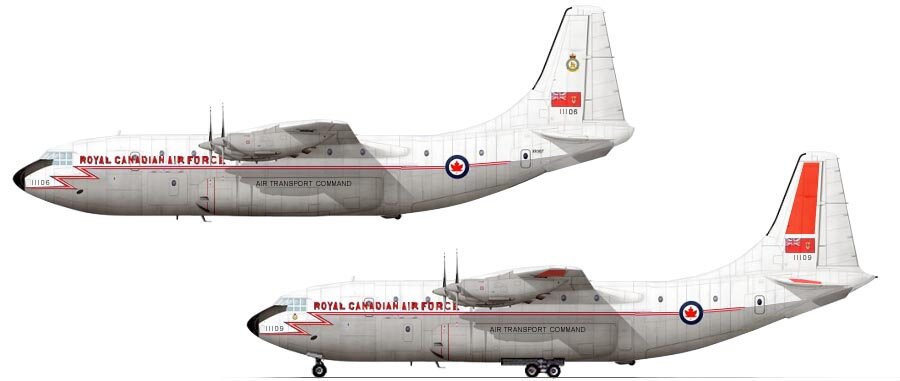- Joined
- 11 March 2012
- Messages
- 3,016
- Reaction score
- 2,696
Why not in a fictional RCAF ‘46?On a radial engine?
Consider how at the start of World War 2, most engine manufacturers struggled to produce more than 1,000 horsepower and that was barely enough to loft a single 20mm cannon.
If .303 machineguns proved weak when asked to shoot down Focke Wulf 200 Kondors patrol bombers … what if the Fleet Air Arm asked CCF to install 20mm cannons in the second batch of Martlets?
Remember that the motor-cannons fitted to Hispano-Suiza and Klimov engines never went through the crankcase, only through the propeller speed reduction unit that was offset above the crankshaft. The PSRU was offset enough that the cannon barrel lay in the valley between the “Ved” inline cylinder banks. Similarly motor-cannons installed on Messerschmitt 109s lay between the inverted V cylinder banks, below the crankshaft.
Pretty much all WW2 combat engines had PSRUs to reduce crankshaft speed to an efficient speed for propellers. They had to keep propeller tips slower than Mach 0.8. While radials usually had planetary gears in their PSRUs nothing says that we cannot imagine side-by-side gears to offset the prop shaft away … upwards from the crank shaft.
Now look at the 1939s vintage, small radials built by Pobjoy with their offset PSRUs.
The early Grumman Wildcats/Martlets supplied to the Fleet Air Arm were powered by single-row Wright R-1820 radial engines. This was the same engine that powered high-flying B-17 bombers and dozens of other warbirds all the way up to some of Sikorsky’s Korean War helicopters.
Then try to imagine a 9-cylinder, single-row Wright R-1820 air-cooled, radial engine with a PSRU offset enough that a motor-cannon could fire between the two top cylinders. Mind you, the whole engine needs to rotate 15 degrees to keep the prop and cannon on the center-line. You might need to add an extra oil drain line to the lowest cylinder. This modification is insignificant compared with the 45 degree tilt when the same engine was installed in a Sikorsky helicopter.
With the prop spinner level with the top edge of the cowling, it more resembles an F-86D Sabre jet. But the cannon is still low enough to stay within the original cowling outer mold lines.
The higher thrust line allows for shorter main landing gear legs.
Gregor wanted to shift the wing to the bottom of the fuselage, install a nose-wheel, Schumann wing, and a Malcolm Hood until it only vaguely resembled the original Wildcat/Martlet. Perhaps the final variant more closely resembled a late-war Curtiss Sea Gull or a shrunken NAA T-28A Trojan both of which were powered by R-1820s in the original time-line.
How far does CCF allow Gregor to go with his Super Martlet?
How much does Grumman help with re-design?
Try to imagine the performance of a Wildcat/Martlet with a 1400 or 1500 hp. late variant of an R-1820!
Last edited:

